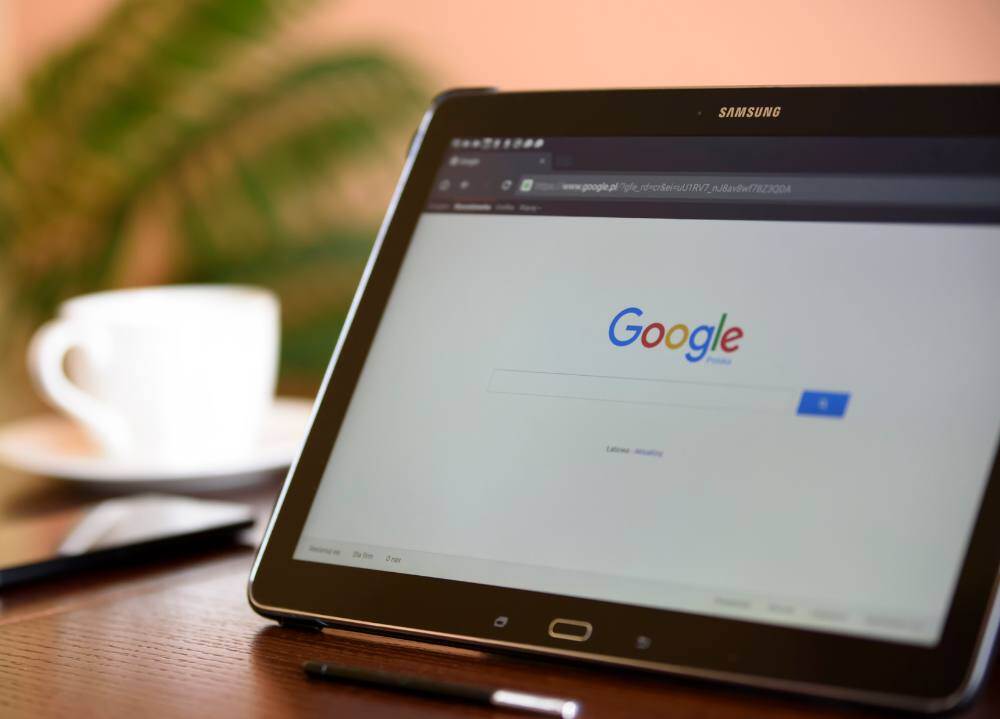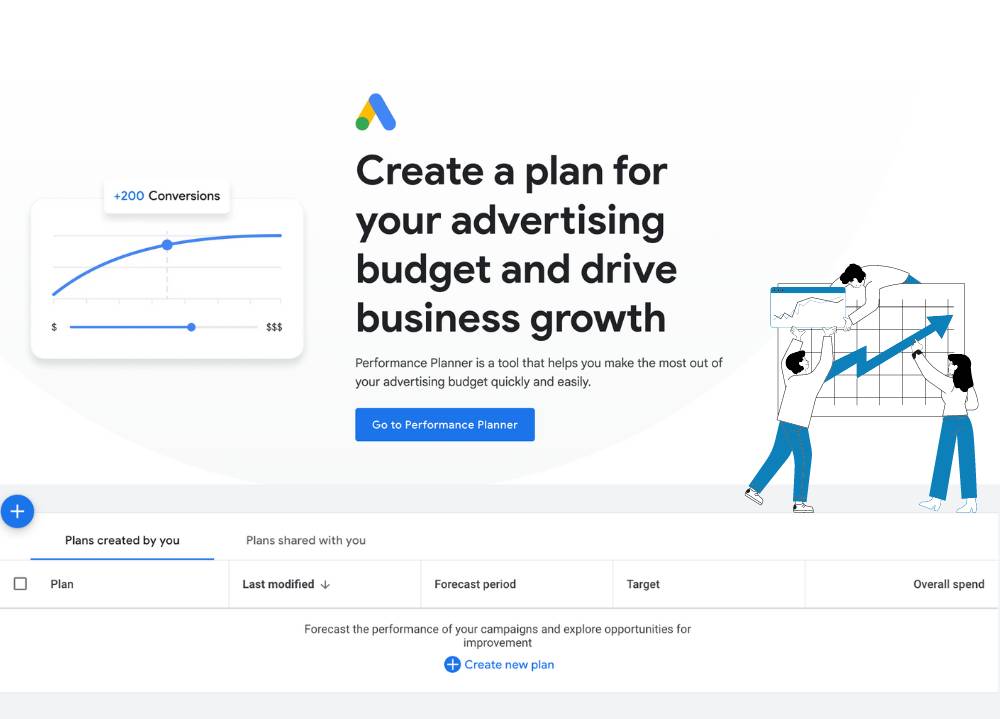In the dynamic landscape of digital marketing, selecting the right platform for paid advertising campaigns is crucial for reaching your target audience and achieving specific business goals. With several options available, it's important to make an informed decision that aligns with your digital marketing strategy.
Clarify Your Goals
Different platforms cater to diverse objectives. Understanding your campaign goals is crucial. These could range from generating B2B leads, driving e-commerce traffic, increasing website traffic for product awareness, and expanding social media reach, to nurturing existing prospects. Set clear success benchmarks and understand the time horizon for expected results.
Know Your Audience
The effectiveness of your paid digital strategy heavily depends on how precisely you define your audience. Consider factors like industry, company size, geography, demographics, interests, and online behaviors. Platforms vary in their ability to target specific demographics, so choose one where your audience is most active.
Choose the Right Platform and Strategy
Google Ads
Google Ads is one of the most popular advertising platforms globally and offers a wide range of options. If your primary goal is to capture potential customers actively searching for your products or services, Google Ads' search advertising can be highly effective. It allows you to bid on keywords related to your business, ensuring that your ad appears when users search for those terms.
Google Ads also provides display advertising, which is good for increasing brand visibility and targeting users based on their interests and online behavior. The display network enables you to reach potential customers as they browse various websites across the internet.
Facebook/Instagram
These platforms are highly effective for Business-to-Consumer (B2C) advertising, offering robust micro-targeting capabilities based on demographics, income, interests, and more. Facebook tends to be more popular with audiences over 45, while Instagram is preferred by those under 45. They provide various ad formats, including lead ads, boosted content, and video ads, making them suitable for businesses with smaller budgets.
LinkedIn stands out as a strong option for Business-to-Business (B2B) advertising. It offers precise targeting capabilities, especially based on job titles and company information, making it particularly effective for reaching professionals. Although it tends to be more expensive, LinkedIn is well-suited for products with longer sales cycles.
Programmatic Advertising:
Programmatic advertising utilizes artificial intelligence (AI) to target large, custom audiences based on their browsing habits and engagement history. While generally requiring a higher budget, programmatic advertising is highly effective for campaigns that target specific user groups based on detailed data analysis.
Define Your Budget
Your budget influences your platform choice. Some platforms are more cost-effective for small businesses, while others require a larger investment. Consider A/B testing across different platforms to determine the most effective strategy for your investment.
Monitor and Optimize
Launching your campaign is just the beginning. Continuously monitor and adjust your campaigns based on performance metrics. Refine your ad creatives and targeting to enhance ROI over time.
Expert Guidance
For businesses new to digital advertising, the array of choices can be overwhelming. Partnering with an experienced agency can provide valuable insights and help in crafting a strategy that maximizes the impact of your paid campaigns.
Selecting the Right Platform
Effective digital marketing requires a deep understanding of your goals, audience, budget, and the unique features of each advertising platform. By carefully evaluating these aspects, you can tailor your approach for successful paid campaigns. Remember, the digital advertising landscape is ever-evolving, and staying informed and adaptable is key to ongoing success. Contact Titicus for a paid campaign strategy tailored to your business's success.





